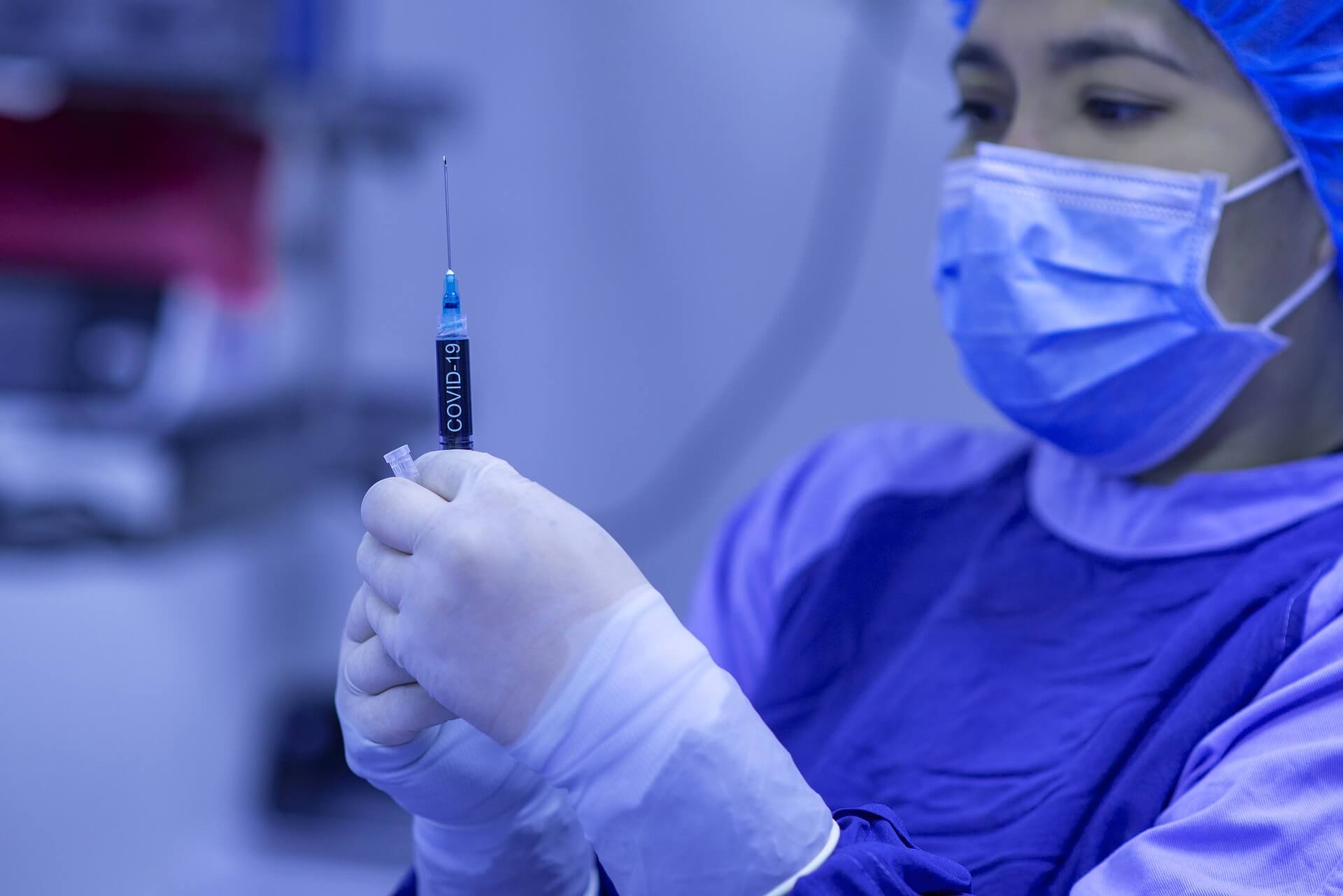
As of July 2022, uncertainty persists as waves of SARS-CoV-2 continue to emerge. Over time, new virus variants arise and threaten to reduce the impact of existing vaccine efforts. There is a clear need for strategies to both tackle emerging variants, and to protect populations against potential future threats to human health such as related bat viruses, writes the University of Oxford in a press release.
A new consortium aims to address these issues by establishing the first-in-human clinical proof of concept for a new vaccine design. The vaccine will target both SARS-CoV-2 and a number of related bat viruses which have the potential to spread to humans. It builds on technologies developed by the Molecular Immunology Group at the University of Oxford and by the Bjorkman Group based at Caltech – led by Professor Alain Townsend at the MRC Human Immunology Unit and by Professor Pamela Bjorkman respectively.
‘Glue’ attaches spike proteins
In contrast to many existing vaccine designs that use mRNA or a viral vector to present sections of the spike protein of a single type of virus to the immune system, this new vaccine will use protein nanoparticles containing a protein ‘glue’ to attach related antigenic sections of the spike proteins from eight different viruses. By incorporating a ‘mosaic-8 vaccine’ design created at Caltech these nanoparticles would favour immune responses to the shared parts of each of the different types of coronaviruses within a single vaccine.
Evidence published today in Science by the researchers demonstrates that this vaccine technology not only elicits protective immune responses against SARS-like viruses but also against some coronaviruses not presented in the trial vaccine. This suggests that the technology could provide protection against future novel SARS-CoV-2 variants and as-yet-undiscovered coronaviruses with the potential to spill over from animal populations.

Collaborative science
Alain Townsend, Oxford Lead of the consortium, Professor of Molecular Immunology at the MRC Weatherall Institute of Molecular Medicine, University of Oxford, said: “The evolution of this consortium is an example of collaborative science at its best. We had been deeply impressed by the power of the “glue” for sticking proteins together developed by Mark Howarth (Biochemistry Oxford), and derived from his beautiful basic science investigations of the Streptococcus pyogenes bacterium”.
“Through connections made by Ian Wilkinson (Absolute Antibody), we joined with colleagues at Ingenza and CPI who succeeded in making a fully functional version of the vaccine produced in microbes, thus reducing the cost of production. We have been collaborating with Prof. Pamela Bjorkman and the Caltech team, who had independently developed the brilliant concept of the mosaic version of the vaccine and are excited to continue working with this world-class consortium.”
The consortium aims to commence a Phase 1 trial in 2024, led by the Oxford Vaccine Group.
Selected for you!
Innovation Origins is the European platform for innovation news. In addition to the many reports from our own editors in 15 European countries, we select the most important press releases from reliable sources. This way you can stay up to date on what is happening in the world of innovation. Are you or do you know an organization that should not be missing from our list of selected sources? Then report to our editorial team.







